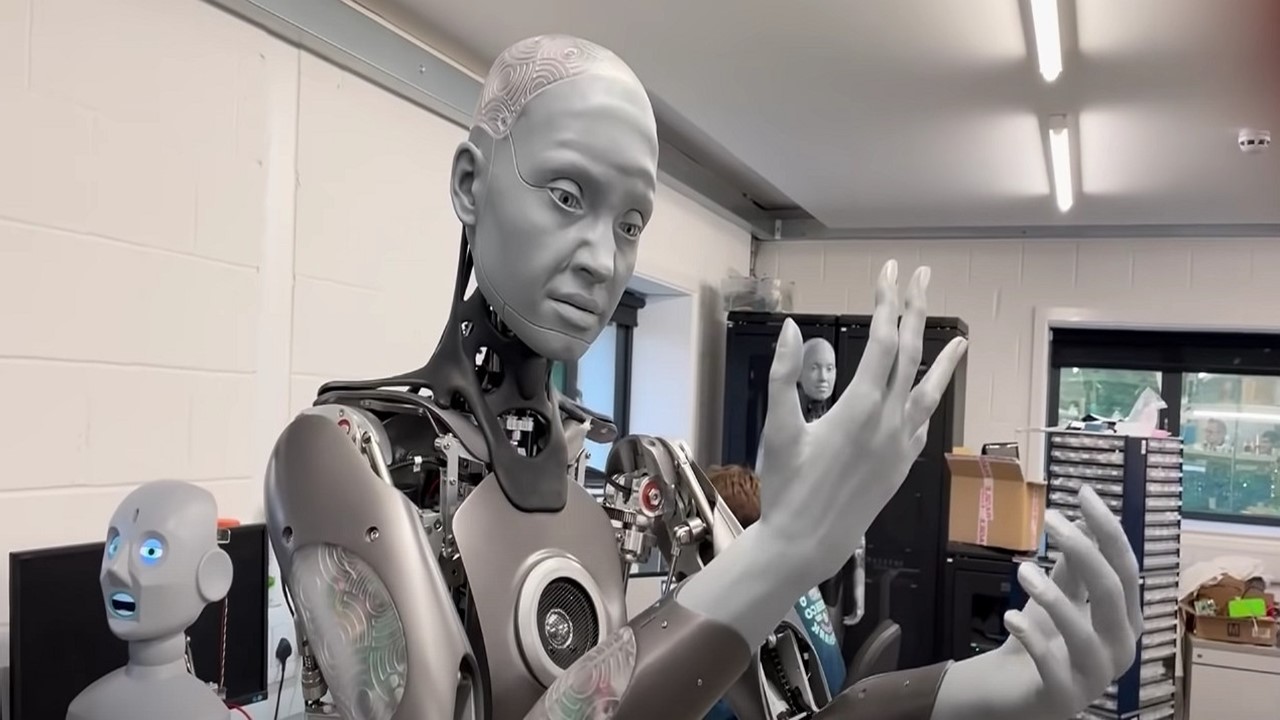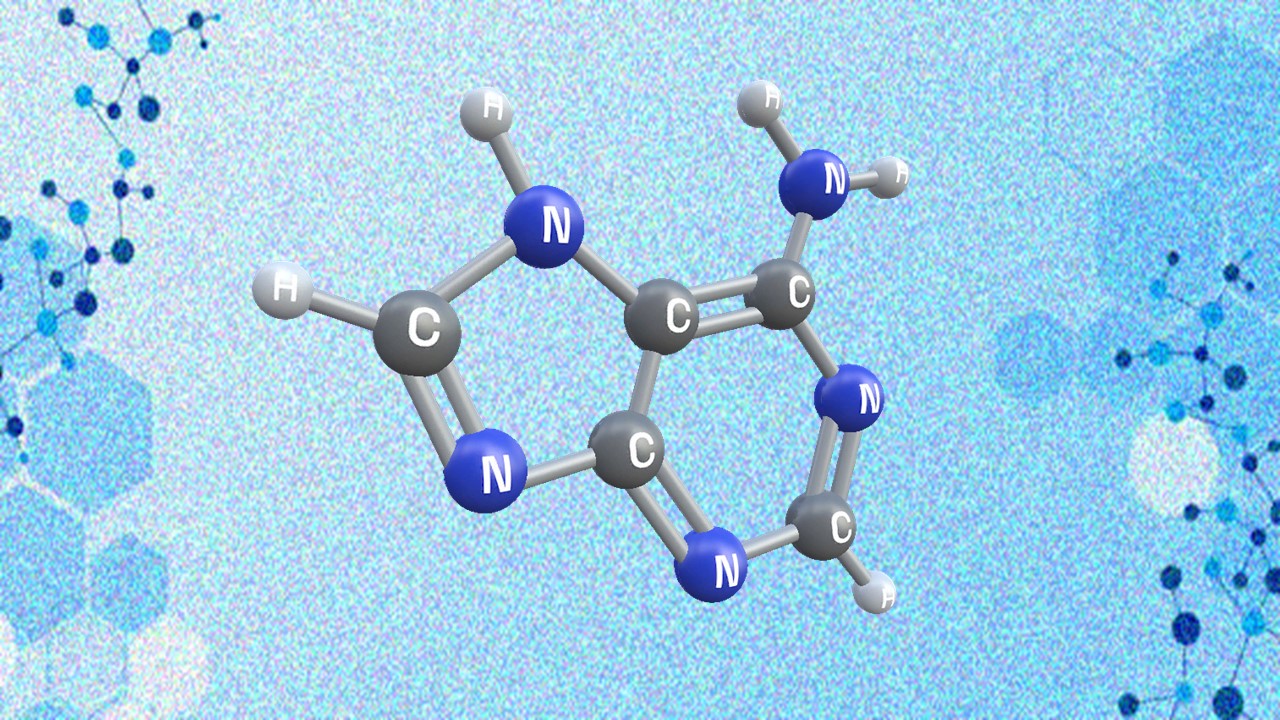Unsupervised learning, a paradigm within machine learning, has emerged as a transformative force in the realm of drug discovery. This methodology, often shrouded in obscurity, operates without the crutch of pre-defined answers. Instead, it delves into the enigmatic world of unlabeled data, striving to unveil latent patterns and structures. In this intricate dance with the unknown, unsupervised learning employs techniques such as clustering and dimensionality reduction, unraveling the concealed intricacies within vast datasets. This article takes you on a journey through the scientific marvel of unsupervised learning, exploring its key techniques – Hidden Markov Models (HMMs), K-means Clustering, and T-Distributed Stochastic Neighbor Embedding (t-SNE), and their pivotal roles in revolutionizing drug discovery.
Unlocking Hidden Insights with Unsupervised Learning
Unsupervised learning is a category of machine learning where the algorithm is tasked with discovering patterns, structures, or relationships within a dataset without the guidance of labeled or predefined outputs. Unlike supervised learning, where the algorithm is trained on labeled examples to predict specific target values, unsupervised learning operates on unlabeled data, seeking to uncover inherent structures and insights. Clustering and dimensionality reduction are two common types of unsupervised learning techniques. Clustering algorithms group similar data points together, identifying natural clusters or segments within the data, while dimensionality reduction methods aim to reduce the complexity of high-dimensional data by preserving its essential features. Unsupervised learning is valuable for tasks like customer segmentation, anomaly detection, recommendation systems, and feature engineering, where the underlying data relationships are not explicitly known, making it an essential tool in the realm of data analysis and artificial intelligence.
Hidden Markov Models (HMMs): Pioneering Sequential Data Analysis
Hidden Markov Models (HMMs) stand as sentinels of probabilistic modeling, orchestrating their prowess in the analysis of sequential data. At their core, HMMs are built upon a foundation of hidden states, concealed from the observer, and the probabilities governing the generation of observable outcomes. Their intrinsic ability to process sequential data while accommodating temporal dependencies and noise set them apart. However, the Markov assumption they rely upon, implying that future states hinge solely on the current state, may not universally hold in real-world scenarios.
In the realm of drug discovery, HMMs emerge as indispensable allies. They play a pivotal role in protein homology detection, aiding in the identification and classification of protein families. This capability is nothing short of revolutionary, as it unveils potential drug targets, breathing life into drug discovery efforts. Moreover, HMMs find their place in the intricate domain of protein sequence analysis, a keystone in deciphering a protein’s function and its potential as a drug target. By enhancing the accuracy of sequence analysis, HMMs empower drug developers to make more informed decisions. Furthermore, their contribution extends to the prediction of protein structures and 3D modeling, a critical facet in drug discovery, influencing the efficacy and binding characteristics of prospective drugs.
K-means Clustering: Unraveling Molecular Mysteries
In the world of drug discovery, the enigma of molecular structures reigns supreme. Enter K-means clustering, a powerful algorithm grounded in the principle of partitioning. Armed with the concept of centroids, K-means forges clusters, each epitomized by the mean of its constituent data points. This algorithm’s mission? To unite similar data points, forging homogeneous groups that beckon insights. K-means thrives in the world of high-dimensional data, navigating its labyrinthine depths to unveil intricate patterns within colossal and noisy datasets. It’s a beacon in predicting chemical and biological properties, but its path is not without its hurdles. Sensitivity to centroid selection and cluster count, and the challenges posed by imbalanced datasets, present formidable adversaries. Nonetheless, its simplicity, scalability, and adaptability cement its status as a linchpin in drug discovery.
Building upon its core principles, K-means clustering finds myriad applications in drug development. It plays a pivotal role in defining molecular descriptors, numeric representations of a compound’s physicochemical properties. These descriptors are the keys to predicting a compound’s behavior, making them invaluable in drug development. Moreover, K-means excels in computing similarities between compound samples, a crucial step in revealing relationships among compounds and identifying potential drug candidates. It doesn’t stop there; K-means extends its reach to clustering compound properties and selecting protein structures based on similarities. This not only aids in understanding a drug’s impact but also enhances the precision of ensemble docking.
T-Distributed Stochastic Neighbor Embedding (t-SNE): Navigating the High-Dimensional Wilderness
High-dimensional data, a hallmark of modern drug discovery, presents a conundrum. Enter T-distributed Stochastic Neighbor Embedding (t-SNE), a transformative technique that simplifies the high-dimensional into the digestible. It assesses the similarity of data points, mapping them to a lower-dimensional realm while preserving their relative closeness. The goal? To craft a comprehensible visualization while retaining the essence of the original data. T-SNE’s unique ability to preserve local and global structures within high-dimensional data sets it apart, revealing patterns that other reduction techniques might overlook. However, it’s not without its caveats. The computational demands of calculating pairwise similarities for large datasets and sensitivity to hyperparameters require judicious handling.
In the intricate landscape of drug design, t-SNE assumes a pivotal role. It aids in compound clustering, drug target exploration, molecular representation, and drug design itself. By distilling high-dimensional data into a lower-dimensional canvas, t-SNE unlocks a comprehensive understanding of complex biological data and compound similarities. This, in turn, empowers the prediction of compound behavior through molecular descriptors, a linchpin in the selection of potential drug candidates. Moreover, t-SNE sheds light on the intricate relationship between drugs and their targets, potentially uncovering new drug targets and novel applications for existing drugs. As it visualizes complex biological data like protein structures and gene expression profiles in lower dimensions, t-SNE enhances the technical aspects of molecular representation and drug design, promising to be a cornerstone in the future of drug development.
In the captivating dance between machine learning and drug discovery, unsupervised learning takes center stage, wielding HMMs, K-means clustering, and t-SNE as its instruments of choice. As we venture further into this uncharted territory, these techniques illuminate the path forward, promising a future where drug discovery is not bound by the limitations of the past but empowered by the limitless potential of data-driven insights.
Engr. Dex Marco Tiu Guibelondo, B.Sc. Pharm, R.Ph., B.Sc. CpE
Subscribe
to get our
LATEST NEWS
Related Posts

AI, Data & Technology
The Power of Unsupervised Learning in Healthcare
In healthcare’s dynamic landscape, the pursuit of deeper insights and precision interventions is paramount, where unsupervised learning emerges as a potent tool for revealing hidden data structures.

AI, Data & Technology
Unlocking Intelligence: A Journey through Machine Learning
ML stands as a cornerstone of technological advancement, permeating various facets of our daily lives.
Read More Articles
Synthetic Chemistry’s Potential in Deciphering Antimicrobial Peptides
The saga of antimicrobial peptides unfolds as a testament to scientific ingenuity and therapeutic resilience.
Appreciating the Therapeutic Versatility of the Adenine Scaffold: From Biological Signaling to Disease Treatment
Researchers are utilizing adenine analogs to create potent inhibitors and agonists, targeting vital cellular pathways from cancer to infectious diseases.












